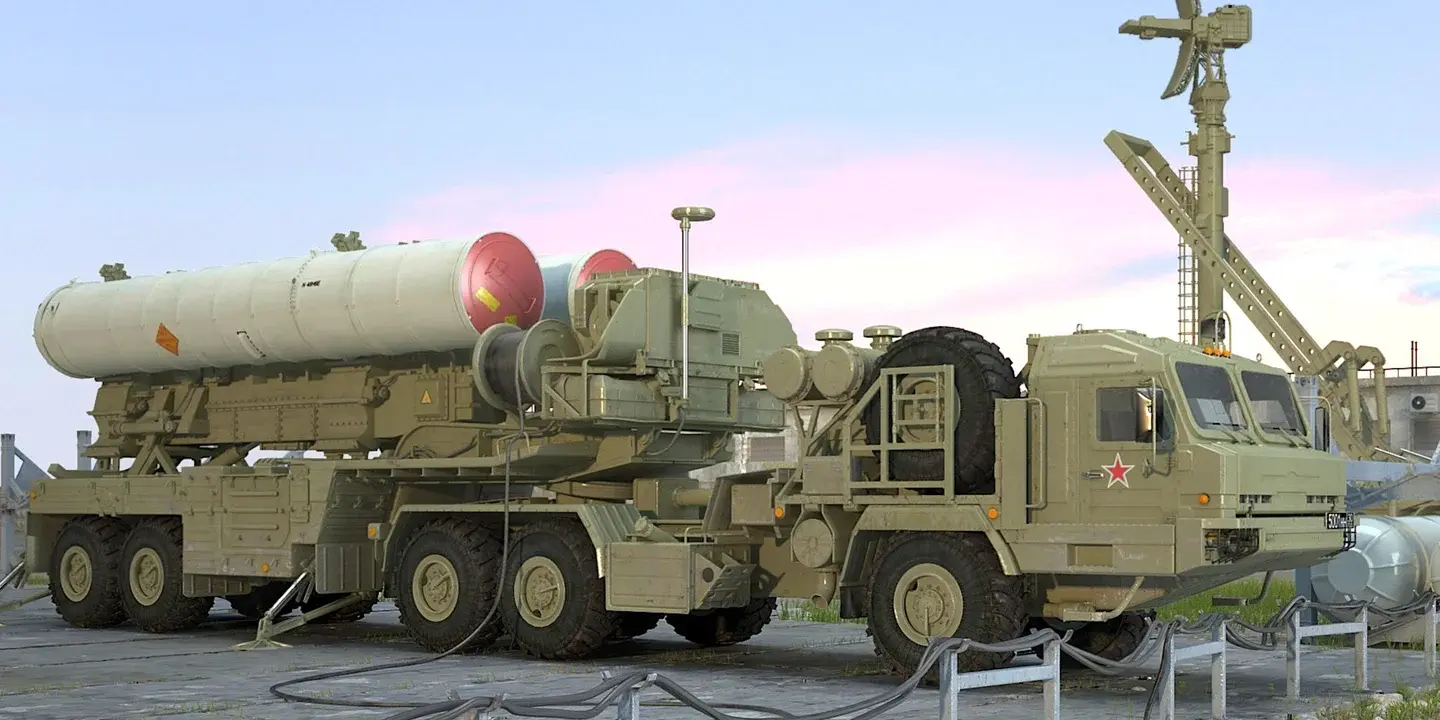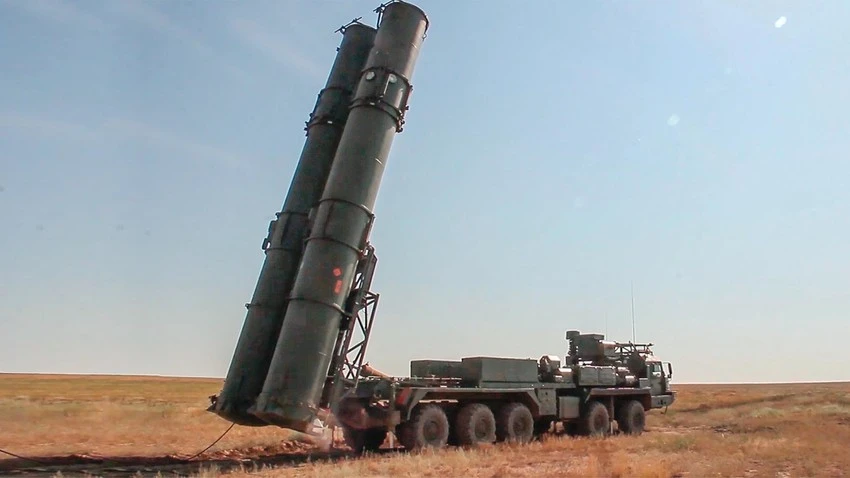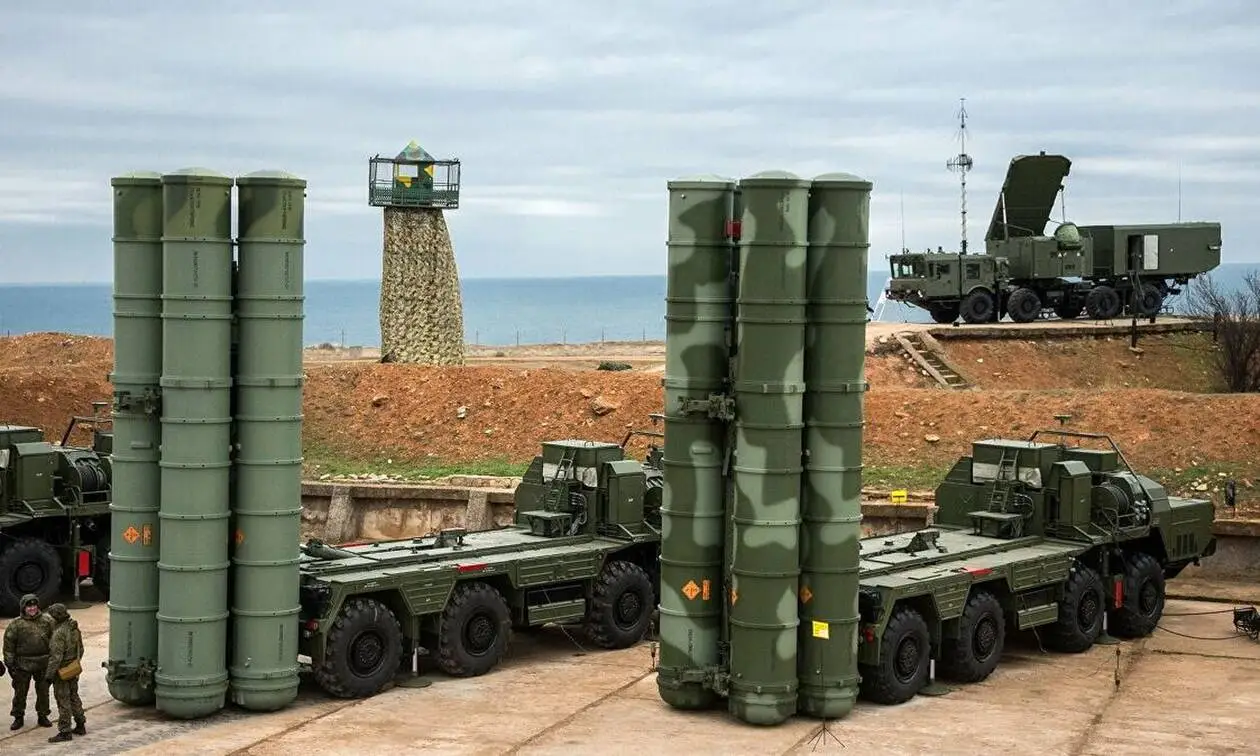S-500: Energizing Russia’s Absolute Air Defense Mastery
It is clear that Russia is still leading the way in military technology; the S-500 air defense system is the latest development. This new technology will add a layer of defense for the country by enhancing protection against many airborne threats. Moreover, Russia’s long-range air defense system, which offers a range of up to 600 km, has made it much more resistant to destroy incoming threats such as ballistic and hypersonic missiles .
Finally, Given the S-500’s ability to destroy hundreds of targets concurrently, it can be explicitly stated that Russia has entered a new generation in the country’s defense. The utilization of advanced radar systems and more potent missiles has the ability to transform existing systems such as the S-500 in terms of revolutionizing the status of air defense systems in many countries. As the world moves towards various tensions, it proves that Russia is determined to sustain its in military endeavors have become more difficult because it is clear that jpslot S-500 is essential for the nation’s national security.

Features and Capabilities of the S-500 Air Defense System
Moreover, the S-500 can hit more than one target at a time. This particular ability is crucial, as its absence from other air defense systems has made it challenging for any country to counter mass bombardments by enemy forces. Accomplishing such stifles more than one threat at the same time, which is beneficial to Russia’s defense. The S-500 air defense system outstrips its former versions due to the following reasons.
One such reason is that it has a more considerable range, meaning that it covers and safeguards more airspace than its predecessors. As a result, Russia’s air defense ability is far superior to that of its potential aggressors. Moreover, the S-500 has greater success in neutralizing targets than its previous versions. It achieves this by possessing improved radar equipment designed to spot and track targets faster and more accurately. Therefore, Russia can neutralize many more air-borne threats than before.
Another excellent feature of the S-500 is its ability to hit more than one target at once. Since air warfare situations often involve mass enemy attacks, this capability is essential. Thus, by crippling more than one form of a threat at a time, the S-500 significantly boosts Russia’s air defense. In comparison to air defense systems of other nations in the world, the S-500 is more advanced and capable. Its gadgets are designed to spot and shoot multiple targets from over a more extensive range. Although other countries have similar systems, the S-500’s capabilities put it at the apex of the world’s air defenses.
Advantages of the S-500 Air Defense System Over Previous Systems
Moreover, the United States operates the THAAD system, which is a ballistic missile interceptor. Despite its effectiveness at the designated tasks, the system lacks the range and the number of targets that can be addressed simultaneously in S-500. Consequently, the latter’s broader applications make it an overall more effective air defense system. Furthermore, the HQ-9 system operated by China has similar capabilities to the S-500. However, the latter, being better equipped with advanced radar systems and interception features, shows better results .
The capabilities to intercept hypersonic targets and stealth aircraft make the S-500 one of the best missiles interceptors in the world. Development and Testing of the S-500 Air Defense System. The development and testing of the S-500 air defense system have been a long and complex process. It has involved rigorous research, design, and testing to compile the best features in the system. Russian industries have placed many resources and a vast body of knowledge behind the system’s creation.
The first step in devising the defense system was establishing the target requirements and objectives. The range, rate of tracking targets, and the interception probabilities were the key parameters that were identified and studied. The results from these assessments led to the development of the elements that make up the air defense system.
After the components were developed and integrated into the design, comprehensive testing was undertaken. These tests involved simulations and actual performance to assess the system perforce under different conditions. The data was analyzed to ensure that the air defense system was viable under all circumstances.

Comparison with Other Air Defense Systems in the World
The continual involvement of engineers, scientists, and military experts was vital during the system’s development and testing. This integration approach involved evaluating the situations under which the system would be versatile. As a result, it was easy to make appropriate adjustments as per the desired specifications. Various applications and scenarios for S-500 air defense system. S-500 air defense system is applicable in various domains and scenarios.
Missile interception and hypersonic targeting, for example, are significant when weapons of high impact threaten the area. Cities and urban complexes as well as military installations other national buildings are all prone to misinterpretation making it necessary for such a tool to be developed. The new Nudol-class false trajectory and ICBM missiles can find applications with integrated defense of command authorities and communications. Other areas include engaging in mass assault scenarios, in which case the vehicle is vulnerable, making it valuable.
Russian military operations require the S-500 system for ideal protection of airspace. This is vital in performing a counter-air attack on an enemy combatant and an airbone UAVs, which assures foreign dominance, a more safe and creative opportunity to conduct operations. Impact to the global military balance. The S-500 will significantly impact the global military balance once it is fully developed and opted for integration.
More states are producing intelligent weapons that may hit targets in every aspect of the globe, and this system emphasizes the significance of supply planes in this unpredictable globe. By preventing medium-range missile briefing this product provides Russia with a perfect standpoint conversely to the USA that is the biggest Chinese adversary. This implies that extra no-room-for-negotiation stakes are added to the competition. In other words, the adversary will be hit by a giant in this null-drive conflict.
The Development and Testing Process of the S-500 Air Defense System
In addition, the advanced technology and capabilities of theS-500 may affect the defense strategy of other countries. When countries notice the system’s efficacy, they might want to include air defense systems in their military budget by power develop a partnership with Russia to strengthen their defense power. Challenges and limitations The S-500 offers several capacities, but it also poses several challenges and limitations. A system’s fundamental problem is how complicated it is to operate.
The S-500 incorporates sophisticated radar systems, strong missiles that could shoot down numerous potential targets, and intricate programs and systems that could all link multiple devices together while integrating tasks in an intelligent and efficient system of systems. The second problem may be that it can be challenging to develop this sort of technology and get it to work. Producing this much gear and ensuring that it is all manufactured to the same high standards could be challenging.
Another issue is that the S-500’s effectiveness may decrease as new threats come into play. Research and development take considerable time and effort to ensure that the S-500 stays at the cutting edge of technology. Conclusion The S-500 marks a critical juncture in air defense technology. Nonetheless, the area of air defense systems evolves, and new advances are expected.

Future Prospects and Advancements in Air Defense Systems
One potential area for improvement is the integration of artificial intelligence and machine learning capabilities. AI-powered systems could supplement the S-500’s target detection and tracking capabilities, enhancing its overall performance. Machine learning algorithms could enable the system to evolve and learn from new threats, an expansion of its existing defensive abilities. Similarly, sensor technology and data analysis could provide even more situational awareness for air defense systems in the future.
Better sensors would offer detection and tracking even more accurately, while advanced data analysis could assist the system in identifying and categorizing threats. The development of directed energy weapons could alter air defense systems altogether. These weapons include lasers and high-powered microwaves, which could neutralize threats quickly and with greater precision. Incorporating these weapons into air defense systems would also elevate their interception capabilities. Conclusion.
The S-500 air defense system is a significant upgrade to Russia’s military equipment. With an extended range and area coverage, enhanced target tracking, and the ability to engage multiple targets, the S-500 is a powerful air defense system. The adoption of this technology has serious implications for national security in Russia and the world’s military balance . It is essential to be on the alert for any form of air threats we may experience as tension in all countries reach a peak.
Putin’s administration in Russia utilized this advanced technology and functionality to provide the nation with the improved preventive tool they require to deal with several threats.
